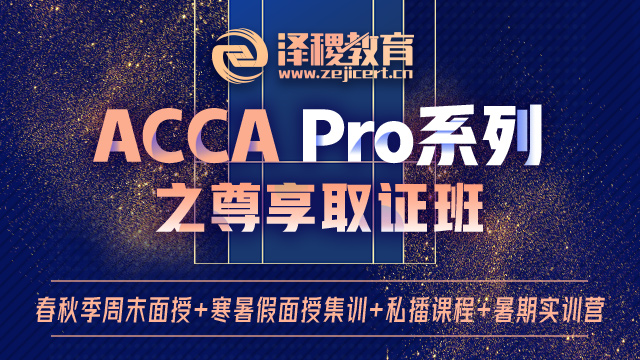ACCA P3 Exam Tips June 2017 session given below are just intelligent guesses from exam point of view provided by famous tuition providers.These exam tips must not be relied on totally.To increase chances of success in Exams you must prepare full breadth of syllabus and topics
ACCA P3 Exam Tips June 2017:
ACCA P3 Exam Tips June 2017 Session are given below by famous tuition providers
Kaplan
Embed your knowledge on the core models from Johnson and Scholes(the examiner based this paper on their work).
When answering questions,write answers like you are writing to your senior management.Make it as professional as possible.Marks are allocated to this in section A.
Do not start writing answers straightaway.Take a minute to think about the structure and presentation of the answers.
It is important with this level to remember that writing lots of knowledge and theory will not get you through the exam.The key is application to the material and expanding the relevance to the scenario.
We suggest watching the news/reading the papers,but with a critical eye.For instance when you see that a business has launched a new product or moved into a new market think about the theories you have learnt that may be relevant.In this case it could be:
•Porter’s generic strategies
•Ansoff
•Bowman’s clock
Then apply those theories to the real life situation–understand why they have created this product/why they have gone into this market.With practice you will find it easier to apply the theories to the scenario.
And of course you can do this for other areas of the syllabus.
There is nothing worse for a marker than getting a script which is just a page of writing.Try to think about making your script easier to read for the marker.Headings and Sub-headings along with a bit of space will help.Then use your paragraph to explain the point you are making.
If it is easy for the marker to see the points being made this can make the difference between pass and fail for a borderline script,include application,plus relevance within your statement,avoid listing.
If you use the word‘and’in your answer,are you making two separate points?If yes,maybe you need to split your paragraph into two headings/sub-headings.
There are 3 professional marks which will constitute professionalism,presentation and layout.
•Know the theory and apply it.
•Create mind maps of the key knowledge,then learn these.
•Do practice questions under timed conditions and if possible,get them marked.
•Make sure you’ve read all the current examiner articles,available on the ACCA website.
•Get good business awareness–read a quality newspaper.
•Use the reading time to select questions,and get frameworks for answer plans.
•Do a section B question first.
•Don’t focus on the numbers–do not spend more than 15 minutes on them per question.
•Watch the clock–allocate your time efficiently–don’t overrun.
•Layout your answers in a way that the marker can clearly read and understand.
•Read the question carefully!
Bpp
Section A will be a compulsory case study question with several requirements relating to the
same scenario information.The question will usually assess and link several subject areas
from across the syllabus,and will require the demonstration of high-level capabilities to
evaluate,relate and apply the information in the scenario to the question requirements.
There is often some financial or numerical data in the scenario and marks will be available
for numerical analysis which supports your written argument.
Section A continues to consume time in reading and absorbing–three pages of text and
numbers are becoming the norm.Thus,students must not underestimate the importance of
practising these 50 mark questions not only from a knowledge perspective,but,critically,
from a time management and“effort”perspective:reading;assimilating;utilising;all take
time and to be effective in these three activities needs practice like anything else.Your
prospects can dramatically improve if you follow this advice.
Section B questions are more likely to examine discrete subject areas.They will be based on
short scenarios,and you will be expected to apply information from the scenarios to the
question requirements.Again the questions can be drawn from all areas of the syllabus,and
the limited extent of the choice(two from three)reinforces the importance of covering all
areas of the syllabus.It is also highlighting the point that we have seen calculations
examined in the optional Section B questions as well as in the compulsory Section A
question.This is a trend we expect to continue.A study strategy which includes making time
to revisit the numerical areas of the syllabus to refresh knowledge would be wise.
P3 has the following syllabus areas:
A Strategic position
B Strategic choices
C Strategic action
D Business and process change
E Information technology
F Project management
G Financial analysis
H People
To stand the best chance of passing P3,you need to have a good understanding of the entire
syllabus.This will enable you to choose the questions you believe are the easiest to pick up
marks(for instance because it is easier to understand the requirements,or easier to
structure an answer,or easier to pick up knowledge marks)rather than having to choose
questions because of your own restricted knowledge of the syllabus.A review of the exams
in the past couple of years reveals that all the key areas of the syllabus have been examined
(indeed,sometimes the same topic is examined in consecutive sittings)which,again,shows
the danger of question spotting or ignoring areas.
General advice:
The P3 exam is 3 hours and 15 minutes long.There is no longer 15 minutes‘reading and
planning’time as this has been incorporated into the actual writing time.This has resulted in
1.95 minutes of writing time per mark on offer.Ultimately when it comes to using the time
in the exam hall it is important that you play to your strengths and use it in a way that works
best for you.
You may prefer to use the first 15 minutes of the exam to plan your answers,alternatively
you may choose to start the exam immediately and reallocate the 15 minutes previously
点击在线咨询泽稷老师,ACCA中文宝典免费领,更有机会获得海量免费ACCA学习资料。





 白金级认可培训资质(总部)
白金级认可培训资质(总部)
 课程试听
课程试听
 职业规划
职业规划
 ACCA中文教材
ACCA中文教材
 考位预约
考位预约
 免费资料
免费资料
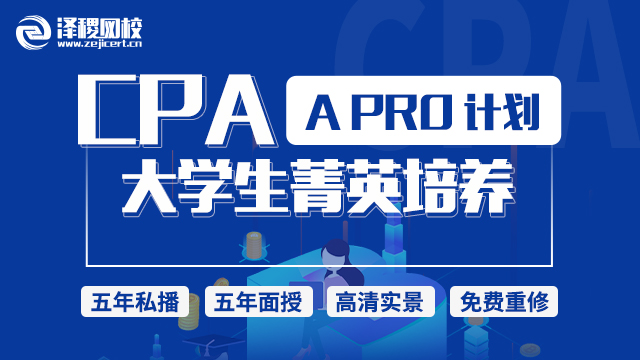
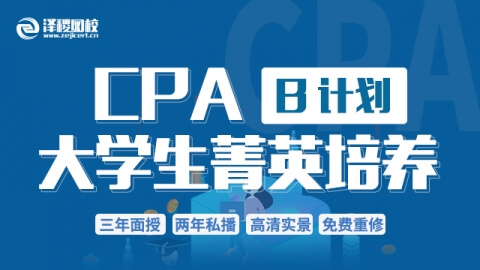
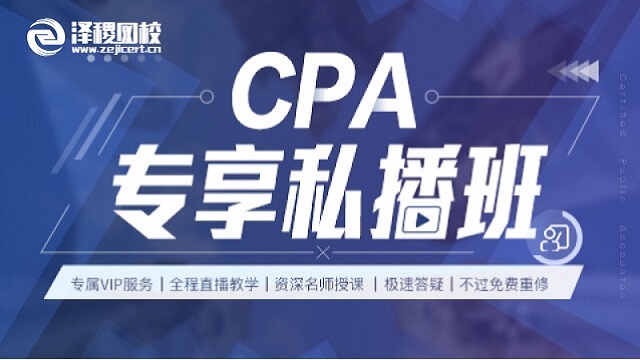

 题库下载
题库下载
 模拟机考
模拟机考


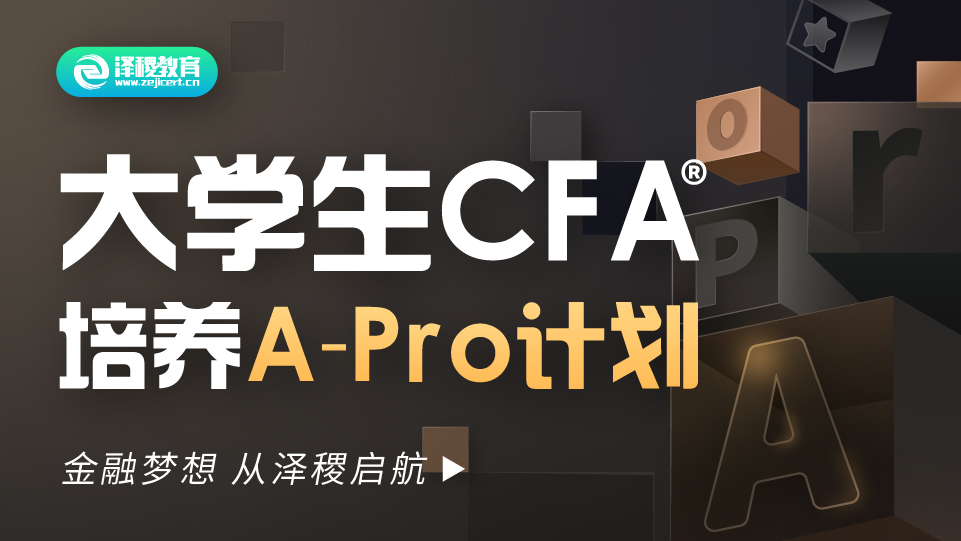

 CFA®成绩查询
CFA®成绩查询



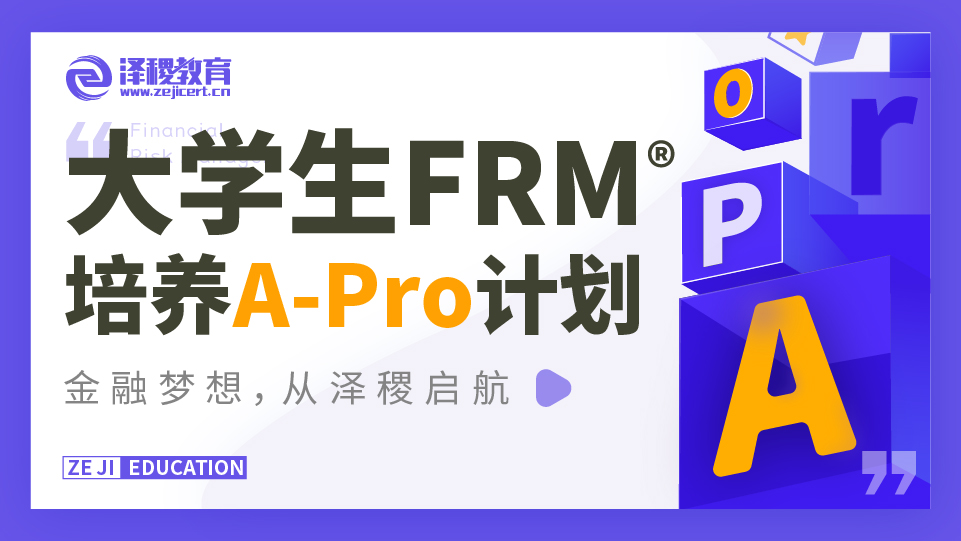
 GARP协会官方认可FRM®备考机构
GARP协会官方认可FRM®备考机构












